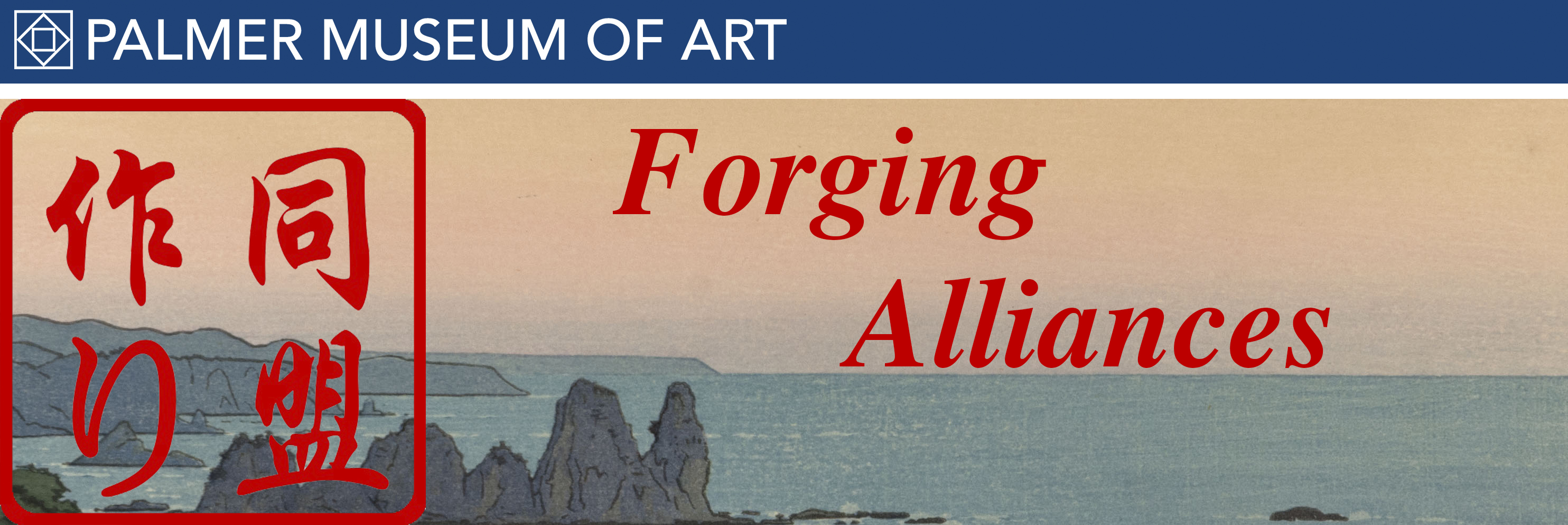Holiday Magazine
Item
Title
Holiday Magazine
Date
October 1961
Description
Holiday began publishing in 1946, immediately following the end of World War II. Known for commissioning noted writers and artists, it had over a million subscribers in the 1960s. This all-Japan issue includes articles on Japanese language and customs, as well as an essay by the novelist Yukio Mishima. The main article, an appreciative travel narrative by a former prisoner-of-war turned journalist, modeled the new western attitude toward Japan. It was introduced by an editorial acknowledging that “our war experiences gave us a frightening look into the dark side of the Japanese character,” but asserting, “In the past few years, the sane, smaller-scale achievements—Zen and haiku and design and wood-block printing—have pulled back our imaginations to a more subtle, fastidious, romantic Japan.”
The cover of this Japanese issue rewards the kind of attention to Japanese culture promoted by the articles. It reproduces the central motif from a 1959 woodblock print by Kiyoshi Saitō. At first glance, the image evokes a tradition of Japanese prints depicting beautiful women. A closer look informed by knowledge of Japanese crafts makes clear that this print depicts yet another traditional Japanese art. The post supporting the figure’s neck reveals that this is beautiful woman is a bunraku puppet. Bunraku, which features life-sized puppets manipulated by three puppeteers, was among the art forms designated Intangible Cultural Properties by the Japanese government.
The pronounced grain in the block used for the face was created by treating it with acid to bring out the texture of the wood. Here the association of the wood grain with the face emphasizes the wooden construction of bunraku puppets, but Saitō often employed this technique to bring out a distinctive characteristic of Japanese prints prized by connoisseurs. Japanese blocks are carved from a plank, which often allows the wood grain to be visible when the blocks are printed. Oliver Statler’s influential book Modern Japanese Prints noted that "only a handful of Japanese artists ever carve a block cut across the grain," because "the long grain of the wood as an element of the design was…too much in the Japanese tradition to be cast aside."
The cover of this Japanese issue rewards the kind of attention to Japanese culture promoted by the articles. It reproduces the central motif from a 1959 woodblock print by Kiyoshi Saitō. At first glance, the image evokes a tradition of Japanese prints depicting beautiful women. A closer look informed by knowledge of Japanese crafts makes clear that this print depicts yet another traditional Japanese art. The post supporting the figure’s neck reveals that this is beautiful woman is a bunraku puppet. Bunraku, which features life-sized puppets manipulated by three puppeteers, was among the art forms designated Intangible Cultural Properties by the Japanese government.
The pronounced grain in the block used for the face was created by treating it with acid to bring out the texture of the wood. Here the association of the wood grain with the face emphasizes the wooden construction of bunraku puppets, but Saitō often employed this technique to bring out a distinctive characteristic of Japanese prints prized by connoisseurs. Japanese blocks are carved from a plank, which often allows the wood grain to be visible when the blocks are printed. Oliver Statler’s influential book Modern Japanese Prints noted that "only a handful of Japanese artists ever carve a block cut across the grain," because "the long grain of the wood as an element of the design was…too much in the Japanese tradition to be cast aside."
Source
Palmer Museum of Art, The Pennsylvania State University
Rights
This image is posted publicly for non-profit educational uses, excluding printed publication. Other uses are not permitted.

